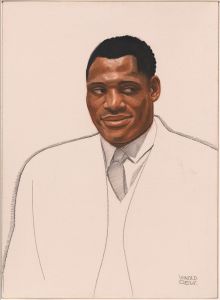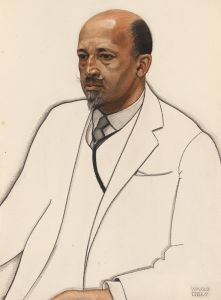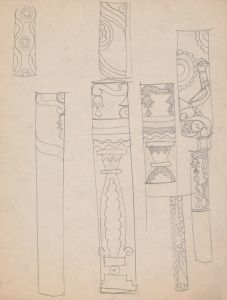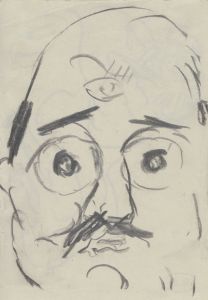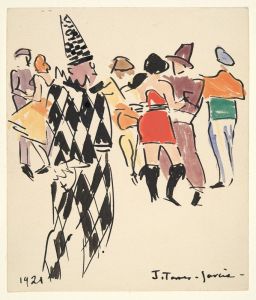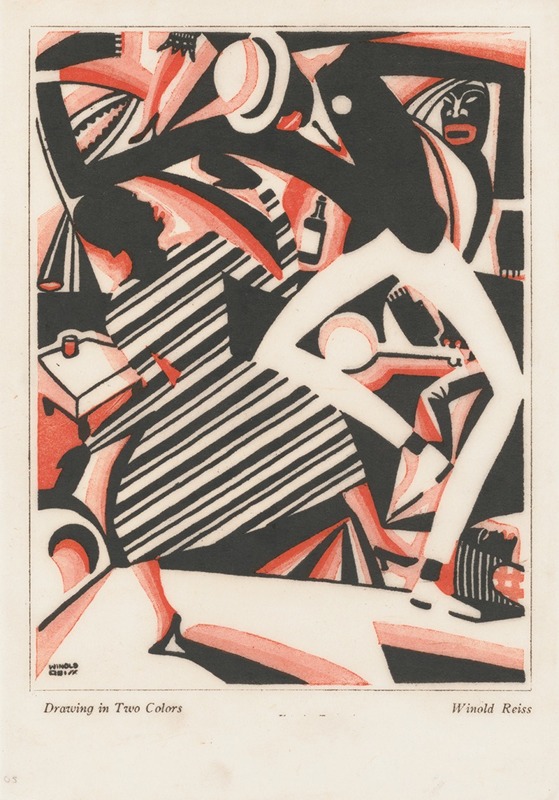
Drawing in two colors
A hand-painted replica of Winold Reiss’s masterpiece Drawing in two colors, meticulously crafted by professional artists to capture the true essence of the original. Each piece is created with museum-quality canvas and rare mineral pigments, carefully painted by experienced artists with delicate brushstrokes and rich, layered colors to perfectly recreate the texture of the original artwork. Unlike machine-printed reproductions, this hand-painted version brings the painting to life, infused with the artist’s emotions and skill in every stroke. Whether for personal collection or home decoration, it instantly elevates the artistic atmosphere of any space.
Winold Reiss was a German-American artist known for his portraits and graphic designs, particularly those that depicted Native American subjects and African Americans during the Harlem Renaissance. Born in Germany in 1886, Reiss immigrated to the United States in 1913, where he became a prominent figure in the art world, celebrated for his unique style that combined European techniques with American themes.
"Drawing in Two Colors" is one of Reiss's works that exemplifies his distinctive approach to portraiture and design. While specific details about this particular piece are scarce, Reiss's broader body of work provides context for understanding its significance. Reiss was deeply influenced by his European training, particularly the Jugendstil movement, which emphasized decorative arts and was akin to Art Nouveau. This influence is evident in his use of bold lines and vibrant colors, which he adapted to capture the essence of his subjects.
Reiss's work often focused on cultural diversity, and he was committed to portraying his subjects with dignity and respect. This was particularly notable in his portraits of Native Americans, which he began creating after traveling to the American West. He was commissioned by the Great Northern Railway to produce images that would promote tourism, and during these travels, he developed a deep appreciation for Native American culture. His portraits from this period are characterized by their attention to detail and the respectful representation of his subjects' cultural heritage.
In addition to his work with Native American subjects, Reiss played a significant role in the Harlem Renaissance, a cultural movement in the 1920s and 1930s that celebrated African American cultural contributions. He created numerous portraits of prominent African American figures, capturing the vibrancy and dynamism of the era. His work was featured in publications such as "The New Negro," an anthology edited by Alain Locke that was pivotal in defining the Harlem Renaissance.
"Drawing in Two Colors" likely reflects Reiss's commitment to exploring the interplay of color and form, a hallmark of his artistic style. While the specifics of this piece are not well-documented, it can be inferred that it aligns with his broader artistic goals of celebrating cultural diversity and individuality through art. Reiss's legacy is marked by his ability to transcend cultural boundaries and create works that resonate with a sense of shared humanity.
Reiss continued to work and teach in the United States until his death in 1953. His contributions to art, particularly in the context of cultural representation, have left a lasting impact, and his works remain a testament to his vision of art as a bridge between cultures.





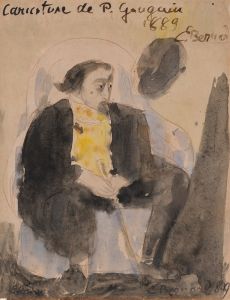
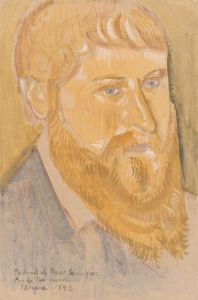
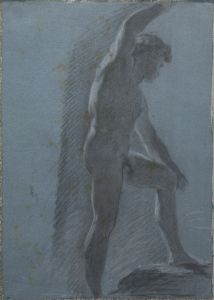
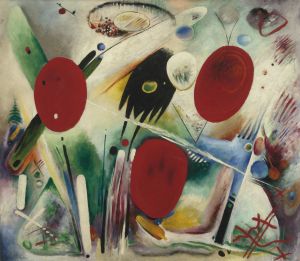
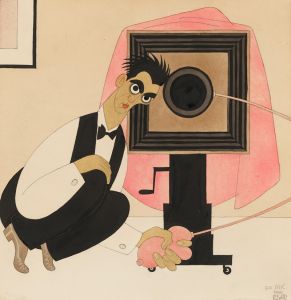
![Designs for Indian Room, Chic-n-Coop Restaurant, Montreal, Canada.] [Placemat design with chicken character wearing crown](/imgs/249244/s/winold-reiss-designs-for-indian-room-chicncoop-restaurant-montreal-canada-placemat-design-with-chicken-character-wearing-crown-67b965b8.jpg)

![Interior design drawings for unidentified rooms.] [Sketch for interior, possibly hotel lobby](/imgs/249361/s/winold-reiss-interior-design-drawings-for-unidentified-rooms-sketch-for-interior-possibly-hotel-lobby-c271d10.jpg)
![Design proposals for Puck Theater, New York, NY.] [Interior perspective study.](/imgs/249413/s/winold-reiss-design-proposals-for-puck-theater-new-york-ny-interior-perspective-study-f0303b2a.jpg)
